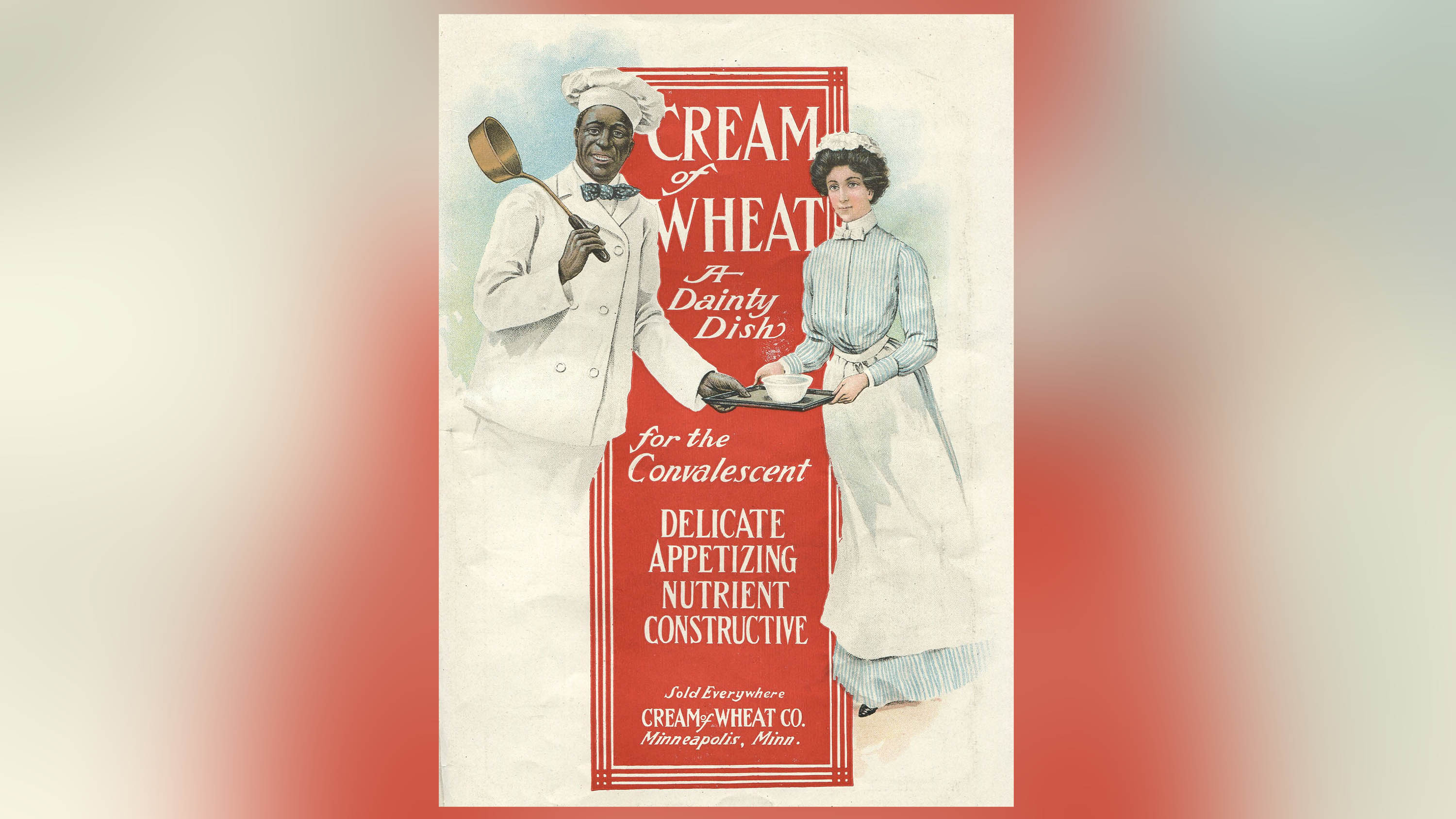Cream of Wheat is reviewing its black mascot after Aunt Jemima, others acknowledged their racist roots
(CNN) — Cream of Wheat just became the latest major food brand to announce a review of its controversial mascot following the global uproar over the George Floyd tragedy, which has compelled corporations to reflect on their roles in perpetuating racism.
Aunt Jemima was the first food brand Wednesday to announce it is changing its logo, which for decades has been widely criticized as a racist caricature of a black maid stemming from slavery. Hours later, Uncle Ben’s and Mrs. Butterworth’s followed suit.
The pressure mounted for other brands Wednesday night when Cream of Wheat’s parent company, B&G Foods, issued a statement saying it too has initiated a review of its packaging, which features the image of a black cook widely believed to be based on Chicago chef Frank L. White, who died in 1938.
Scholars say White’s image replaced Cream of Wheat’s original black mascot, Rastus, a racist caricature of black Americans that commonly appeared in blackface minstrel shows from the late 19th and early 20th centuries. Rastus was depicted as a dim-witted former slave who spoke broken English in early Cream of Wheat ads. Today, the name Rastus is regarded as a racial slur.
“We understand there are concerns regarding the Chef image, and we are committed to evaluating our packaging and will proactively take steps to ensure that we and our brands do not inadvertently contribute to systemic racism,” B&G Foods told CNN Business in an emailed statement.
Naa Oyo A. Kwate, associate professor of Africana studies at Rutgers University, said the image of White may have helped Cream of Wheat tone down the overt racism Rastus invoked, but the subtext behind the imagery remains.
She pointed out Aunt Jemima went through a similar transformation over the years, having originally been inspired by a minstrel show song before evolving into a composite image of black actresses hired to portray her until the 1960s.
“You still are referencing the place of black people as servants, as your chefs,” Kwate said, referencing Cream of Wheat’s mascot. “You can still draw on that legacy of what slavery meant and what black people’s natural position is supposed to be — your own personal slave in a box.”
Kwate’s book “Burgers in Blackface: Anti-Black Restaurants Then and Now” illustrates just how common it once was to use racist black stereotypes to sell food and other products in America.
A century ago, a pair of animated black children named Goldie and Dusty, aka the Gold Dust Twins, once helped make Fairbank’s Gold Dust Washing Powder a household name. Extinct eateries like Salt Lake City’s Coon Chicken Inn and Richard’s Restaurant and Slave Market outside Chicago once used racist themes to the delight of white customers.
Some of those themes still remain at other restaurants in 2020. Last week, the nation’s last Sambo’s restaurant in Santa Barbara, California, announced it was changing its name, which is also a racial slur that stems from an 1899 book about a dark-skinned south Indian boy. The term later became a pejorative for African Americans.
“Our family has looked into our hearts and realize that we must be sensitive when others whom we respect make a strong appeal,” Sambo’s said in a June 4 Instagram post
Greg Carr, professor of Africana studies at Howard University, said racist brands have persisted for so long because Americans have grown numb to their origins, and the subtle and common dehumanization of black people is what makes it possible for Americans to accept police brutality and other forms of systemic racism.
“That’s really how white supremacy works,” Carr said. “It is most potent when it is invisible. It isn’t the overt in your face clearly offensive image. It’s the one that has so penetrated your consciousness until it’s almost as if you don’t see it.”
Washington Redskins owner Daniel Snyder has staunchly resisted similar public pressure to change his NFL team’s mascot over the years. The Redskins organization did not respond to requests for comment on whether it plans to change its name now that others like it have done so.
The team’s federal trademark was revoked in 2014 after a judge ruled the term “redskin” is a racial slur for Native Americans. The Cleveland Indians and Atlanta Braves have since changed similar Native American mascots and imagery.
Carr said it’s time for Snyder and “the Washington football team” to follow in the footsteps of Aunt Jemima, Uncle Ben’s, Mrs. Butterworth and Cream of Wheat.
“I think people should consider not going to Washington Redskins games as long as it’s there,” he said.



